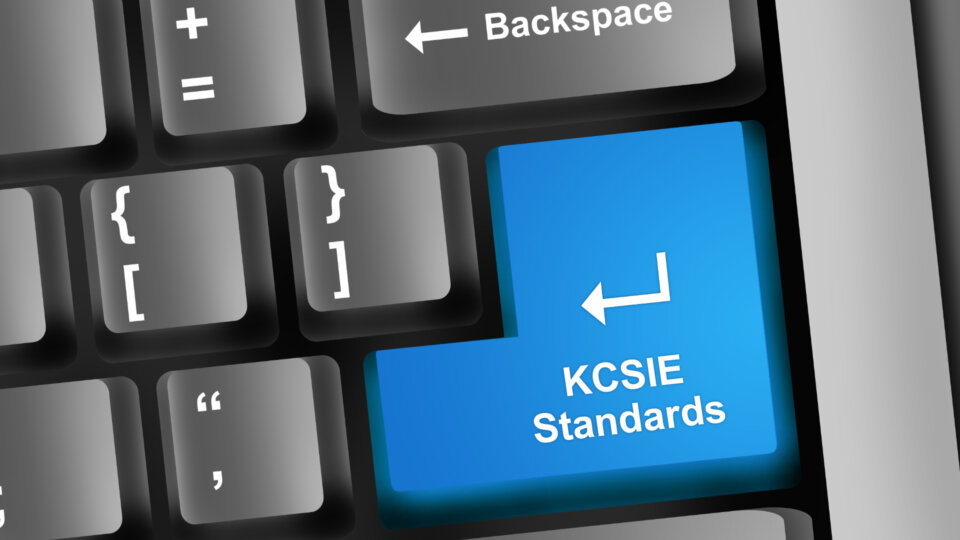
As the education sector’s data creation and usage increases, the need for schools to have flexible, scalable storage solutions increases with it.
It is essential to consider the various options available in order to allow your school to have a reliable and secure system in place to store all of the data your staff and students create and use every day.
Sticking To Guidelines
The DfE guidance says that all servers and related storage platforms should continue to work if any single component or service fails.
Meeting this standard means that your school’s servers and related storage platforms will be designed to be secure and resilient, making them more reliable and minimising the risk of systems and data not being available at any point in time.
It will also prevent loss of data, minimise difficulties running your school or college, and decrease the risk of cyber attack, which can have devastating impacts, including forcing you to close your establishment temporarily.
Let’s take a look at the different types of servers and storage options available to schools in the UK.
Servers
On-premises servers
On-premises servers are physical servers that are installed in your building.
They are usually located in a server room and store data and applications on local drives. Although having this control over your servers may sound like a good idea, the cost of maintaining the server, updating it, keeping it secure, backing the data up and the energy it consumes may actually prove to be prohibitive.
Cloud servers
This means the servers and data storage are located remotely. Cloud accessed servers come with a vast array of benefits.
- You can access the data from anywhere with internet access.
- You don’t have to maintain any hardware.
- They are completely scalable, so you can add or remove capacity when required, and it also means your school is adhering to the DfE’s Cloud First approach.
Storage
On-Premises Storage
On-premises storage/Direct-attached storage (DAS), is a digital storage system that connects directly to a personal computer, workstation, or server, but is not attached to a network.
A DAS is not accessible to other computers unless they connect to it through the host computer. DAS offers fast access to data because it is attached to the computer and is not connected to the network so read/write access is fast and not affected by connectivity issues.
Network attached Storage
Network Attached Storage (NAS) drives act as a shared device for use over a local network. Other machines on the network can connect to it and read and write data as if the drive is connected to their computer directly. NAS devices make it easy to share data between all computers and other devices on your network.
Storage Area Network
Similar in a lot of ways to NAS. Whereas NAS is Ethernet-based, SAN can use Ethernet, iSCSI and Fibre Channel solutions. SAN focuses on high performance and low latency and is excellent for business-critical, performance-sensitive applications.
Cloud Storage
Cloud storage solutions allow users to store files in the cloud, making it easy to share and access documents across multiple devices allowing for easier collaboration.
Cloud storage solutions offer many benefits, such as automated backups and disaster recovery and again are ideal to ensure you’re adhering to the Government’s Cloud First approach.
Hybrid Storage
With hybrid storage, data can be stored locally while being backed up to the cloud for added security.
Many schools are using a hybrid model, with some cloud solutions running alongside those on onsite servers.
By carefully choosing the right server and storage solution, you can ensure your school’s vital data and applications are kept safe and secure, giving you one less thing to worry about.


